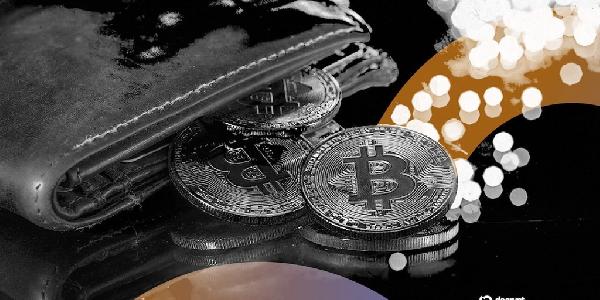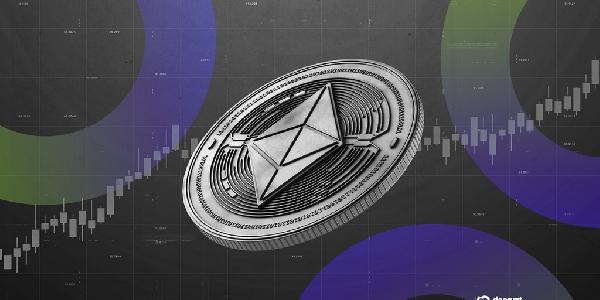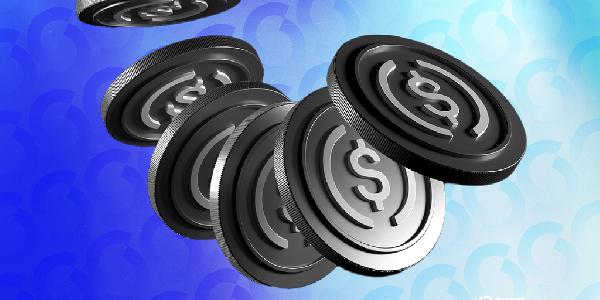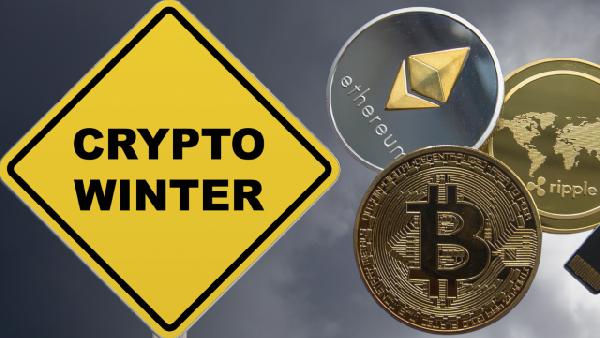The price of Bitcoin and other cryptocurrencies rose Tuesday after a widely watched inflation gauge showed that U.S. consumer prices rose less than expected in July.
The Consumer Price Index (CPI) rose 2.7 in the 12 months through July, according to a new U.S. Bureau of Labor Statistics (BLS) report. Economists expected the index, which tracks price changes across a broad range of goods and services, to rise 2.8 year-over-year.
Consumer prices rose 0.2 on a monthly basis, following a 0.3 increase in June, which represented the largest month-to-month increase to CPI since January.
The price of Bitcoin ticked up to $118,000 following Tuesday’s snapshot, while showing a 1.1 decrease over the past day, according to crypto data provider CoinGecko. Ethereum rose 3.2 to $4,300, while Solana fell 1.7 to $176, over the same period.
Aspects of the report pointed to underlying price pressures. Core CPI, which strips out volatile food and energy prices, rose 3.1 year-over-year, coming in slightly above economists‘ expectations. Core CPI also rose 0.3 in July, the largest month-to-month increase since January.
Russell Price, chief economist at Ameriprise Financial, noted that the CPI report is heavily weighted toward shelter prices. While they‘ve been providing upward pressure in recent months, they showed signs of moderating in July, he told Decrypt.
"It was a good report today," he said. "I think that offers a good trajectory for inflation over the near term, even though we‘re likely to see a little bit of upside from tariff related influences."
Tuesday’s reading follows a contentious policy meeting at the Federal Reserve, in which officials decided to hold interest rates steady for a fifth straight meeting, although two board governors called for an immediate cut. This is the first time the group has been splintered since 1993.
The Fed has been reluctant to lower its benchmark rate this year, fearing that U.S. President Donald Trump’s sweeping tariffs could reignite price pressures for consumers. But there have been repeated calls to lower rates from the president and criticism directed at Fed Chair Jerome Powell.
Lower interest rates tend to benefit risk assets like stocks and crypto, and the odds of a rate cut in September surged following a weaker-than-expected jobs report, which included downward revisions of 258,000 total jobs in May and June earlier this month.
Following the inflation print, traders penciled in 82.5 chance that the Fed would lower interest rates next month. The odds have fallen slightly from an 86 chance on Monday, according to CME FedWatch.
In a speech on Friday, Fed Governor Michelle Bowman said that she voted for a rate cut at the Fed’s most recent policy meeting because of “signs of fragility” in the labor market, “with economic growth slowing this year and signs of a less dynamic labor market becoming clear.”
She also argued that the effect of tariffs on consumer price would be temporary, as the central bank tries to bring inflation back down to its 2 target.
Experts think that Trump’s tariffs haven’t had a significant impact on inflation because of ongoing tariff exemptions with some countries and months of stockpiling goods by U.S. companies, according to Cato Institute‘s General Economics Vice President Scott Lincicome.
If Trump’s tariffs lead to an uptick in inflation, that may start to reflect itself in the data “sometime this fall,” as companies continue working through their stockpiles of goods, he wrote in July. And companies may have to start passing along price increases to the consumer.
“Not only are the effective tariff rates rising, with more still to come, but inventories are dwindling,” he argued. “Many U.S. companies have announced price increases, and more are on the way.”
Your Email










